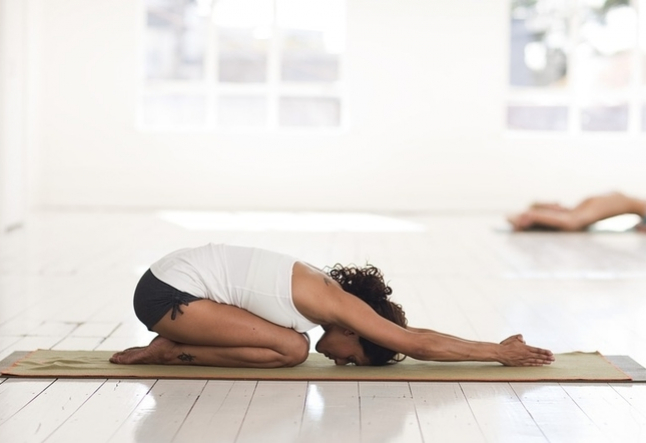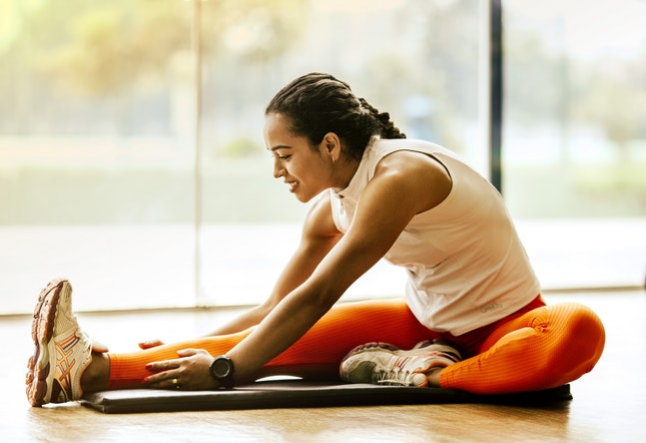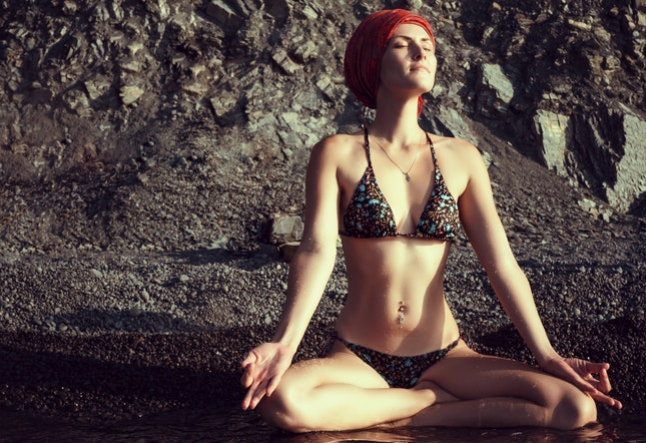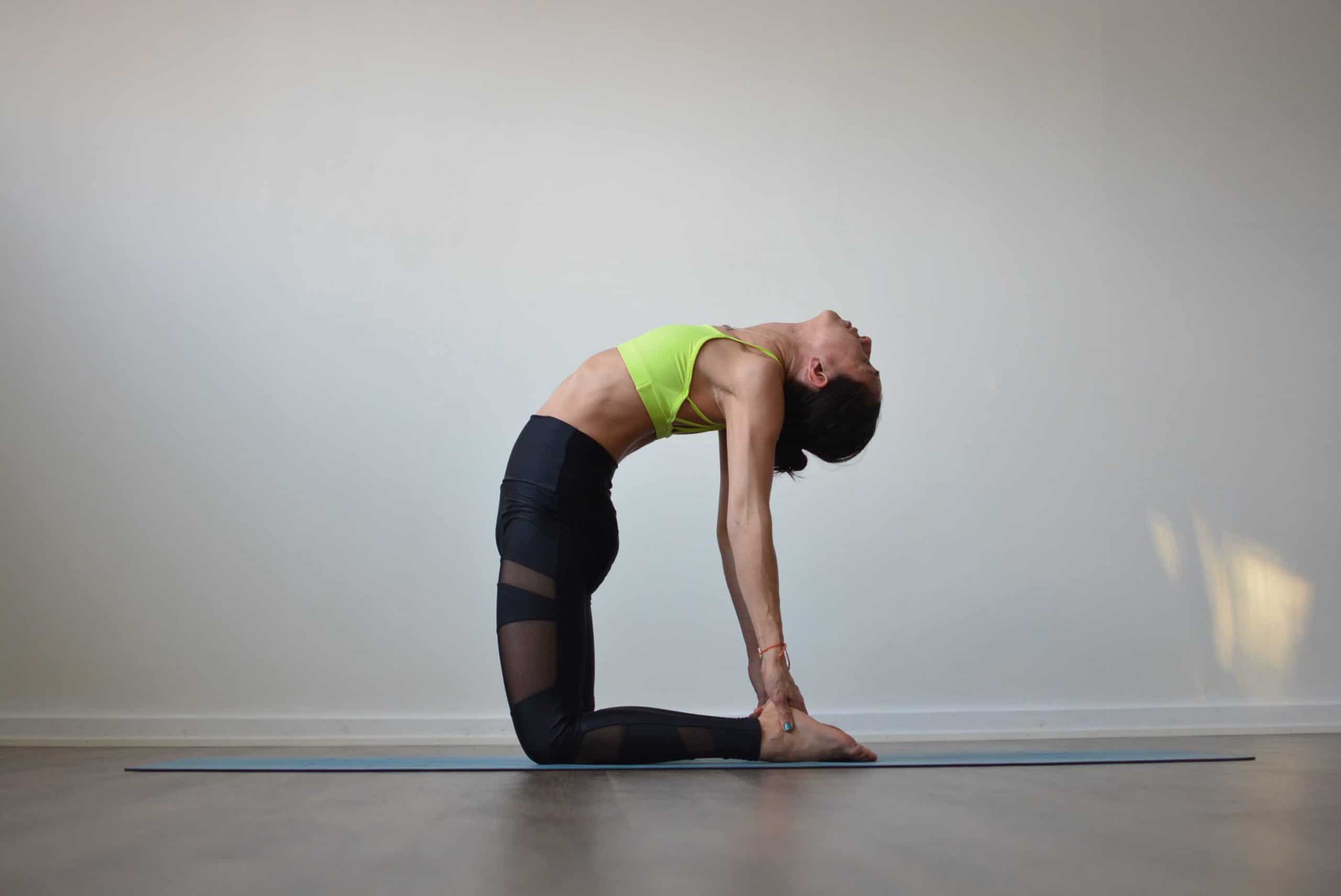uniqueness of vinyasa flow yoga

Vinyasa Flow is a dynamic form of yoga providing the freedom to perform different postures everyday in a flowing sequence. It is called a dynamic form of yoga because every posture in the flow is synchronized with breath.
Get the best out of this most amazing style of yoga
What does a Vinyasa Flow look like?
It is composed of various sequences that are coming one after the other in a beautiful alignment to release the entire body from its limitation.
Also Read>>> Yoga School Online
Warm up sequence
Starting with a slow warm up, including body twists to warm and prepare the body for the further postures.
Sun Salutation
No yoga practice is complete without sun salutations. After warming up, a few rounds of sun salutations are performed in a dynamic, moving flow.
Standing sequence
After sun salutations are complete, we begin the standing series in which standing postures are performed and synchronized with breath. The variety of standing postures precludes boredom and connects with our 21st century need for stimuli.
Balancing sequence
Balancing series helps to increase concentration and strength of the body. In a balancing series various postures are performed in a flow-like manner creating stability while moving from one posture to the next. Through this dynamic flow, one can develop the felt sense of maintaining strength and stability in what sometimes feels like an unstable world. Think about: vrksasana (tree pose), garudasana (eagle pose), ardha chandrasana (half moon pose).
Backward bending sequence
Balancing is followed by backward bending in which the focus is set on strengthening and stretching the back. Think about: setu bandhasana (bridge pose), ustrasana (camel pose), salamba bhujangasana (sphinx pose), urdhva dhanurasana (wheel pose).
.jpg)
Forward bending sequence
After backward bends it is important to incorporate a counter-pose. Many teachers will follow a backbend with a forward fold or other forward facing asana to neutralize the back. Make sure you don’t feel the sudden need to fold forwards after doing back bends, this could be a sign of over-stretching. Think about: balasana (child’s pose), badhakonasana (butterfly pose), paschimottanasana (seated forward fold).
Also Read>>> Online Yoga Streaming Classes
Inversion sequence
Inversion basically means upside down postures. These are really helpful to maintain the proper blood flow in the body. Think about: adho mukha svanasana (downward facing dog), viparita karani (legs-up-the-wall pose), sirshasana (headstand), salamba sarvangasana (supported shoulderstand).
Cool down sequence
At the end there is cool down sequence in which some twisting and core strengthening movements are performed.
Shavasana
And like in most other styles of yoga, shavasana (corpse pose) is performed at the very end of the class. It is an essential pose to provide time to go deeper within and integrate your entire practice while relaxing.
Enjoy your practice!



